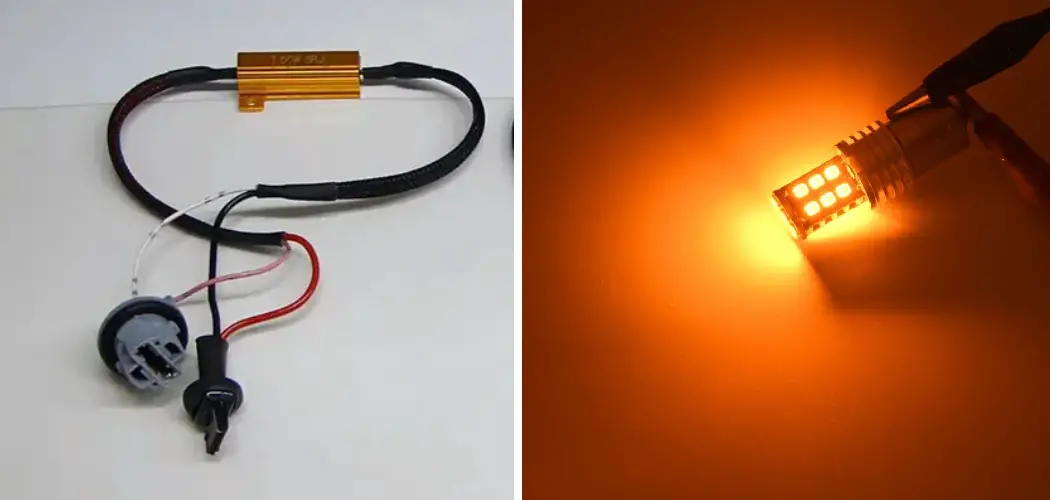Do you have a problem with your turn signals flashing so rapidly that they look like strobe lights? If you have recently switched your high beam headlights out with Led bulbs, it is possible that your car experiences a phenomenon called “hyper flash.” Hyper flash refers to cars’ blinkers flashing at an incredibly faster pace than usual–often two or three times as fast.
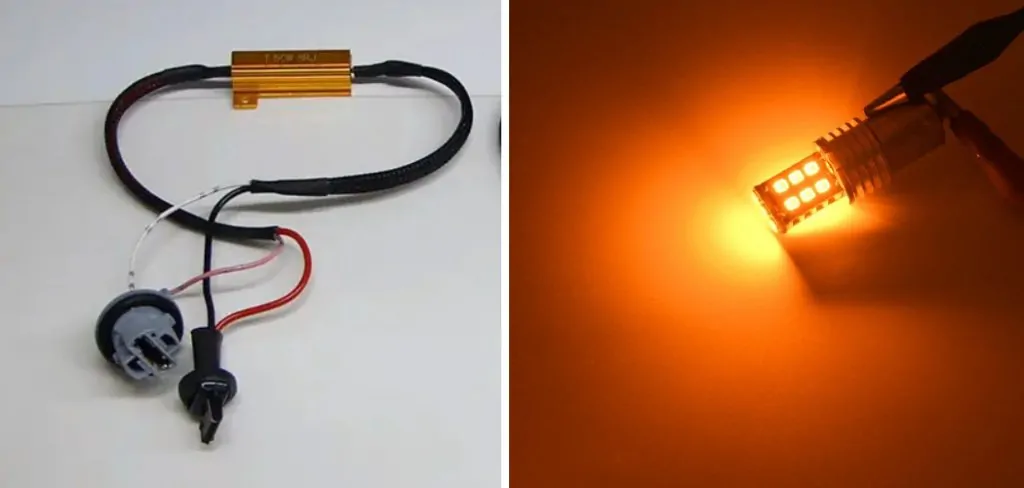
This inconvenient issue can easily be fixed with some simple modifications; in this blog post, we will discuss the causes of hyper flash and offer step-by-step instructions on how to fix hyper flash with led bulbs. So if you’ve been worrying about those blinking headlights, don’t worry any longer! Keep reading for all the answers you need. So stop stressing about hyper flash right now and read on to learn more!
What is Hyper Flash?
Hyper flash occurs when a vehicle’s turn signals are flashing too quickly, usually twice or three times as fast as normal. This issue is often caused by the installation of LED bulbs, which require less current than traditional halogen bulbs. The car’s flasher module senses the lower current draw and sends a signal to the turn signal, telling it to flash more quickly.
Required Items
Before you start, make sure you have the following items:
- Resistors for LED bulbs
- Electrical tape
- Soldering iron and solder (optional)
How to Fix Hyper Flash With Led Bulbs in 5 Easy Ways
1. Find Your Size
Find the resistor size that is compatible with your LED bulbs. There are a variety of resistors available in different wattages and resistance values; be sure to select one that matches the specifications of your bulbs.
2. Install the Resistor
Once you have found the right size resistor, install it in line with your LED headlights. This can be done by soldering the resistor directly onto the existing wiring harness or using electrical tape to secure it in place. If you choose to solder, make sure you use a heat-resistant soldering iron and solder that is safe for electrical components.
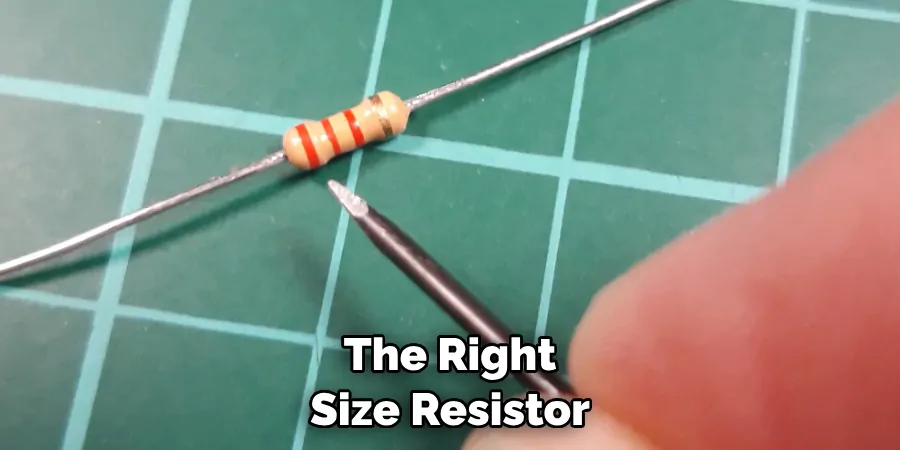
3. Test the Bulbs
Once you have installed the resistor, it’s time to test the LED bulbs. Turn on your headlights and check to see if they flash at a normal pace. If not, adjust the resistance value until you find one that works correctly.
4. Seal the Connection
Once you have found the right resistance value, it’s time to ensure that everything is securely connected. Use electrical tape or heat-shrink tubing to seal all connections and keep moisture out. This will help ensure that your fix lasts for years to come. Sealing the connections will also protect them from shorting out and causing further damage.
5. Enjoy the Results
Now that your LED bulbs are working correctly, you can enjoy the results of your hard work! You should find that your headlights no longer hyper flash and are operating at a normal, steady rate. This simple fix can drastically improve the look of your car and make it easier for other drivers to see you.
By following these steps, you can easily fix the issue of hyper flash with LED bulbs. With a bit of patience and some basic electrical knowledge, you can enjoy a safe and properly-functioning lighting system on your car.
8 Safety Precautions to Follow
When attempting to fix hyper flash with LED bulbs, it’s important that you take the necessary safety precautions. Before beginning, make sure that your vehicle is parked in a safe location and turn off the ignition as well as any other electrical components.
1. Wear protective clothing. This includes eye protection and gloves to prevent any possible burns or electric shocks. Wearing closed-toe shoes is also a good idea.
2. Before handling any electrical components, make sure to disconnect the battery terminal cable or cables from your vehicle’s negative and positive terminals. Before reconnecting, make sure the terminals are clean and dry.
3. Make sure you have all the necessary tools and components needed for the job. This includes LED bulbs, a resistor kit, and any additional tools required for installation
4. If you’re unfamiliar with electrical wiring, it is best to consult a professional expert or refer to your vehicle’s wiring diagram.
5. Make sure to check the voltage and wattage of each bulb before purchasing or installing them into your vehicle. Incorrect wattage can cause further damage.
6. When connecting the LED bulbs, do not touch any exposed electrical wires as this could lead to electric shock, fire, or other serious damage. Connecting the wires with an insulated tool is best.
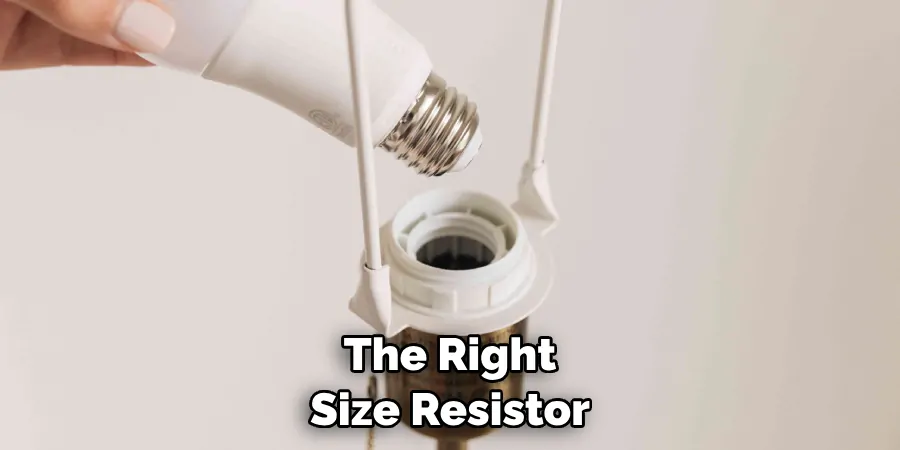
7. When installing a resistor to fix hyper flash, ensure that it is properly connected and has the right resistance for your vehicle’s electrical system. When in doubt, consult an expert.
8. After installation is complete, test the LED bulbs and inspect for any issues or faults before driving your vehicle. If you experience any further problems or hyper flashing, have it checked by a professional.
Following these safety precautions will greatly reduce the risk of injury or damage to your vehicle when attempting to fix hyper flash with LED bulbs. Keep in mind that if you ever feel uncertain or uncomfortable, it is best to consult a professional and have them handle the job. Safety should always be your number one priority when working on electrical components in your vehicle.
6 Maintenance Tips
1. Check your vehicle’s bulb type to ensure it is compatible with LED bulbs. Some vehicles are not designed to use LED headlights and may require a different kind of bulb. Also, be sure to replace any burnt-out bulbs before attempting LED installation.
2. Make sure that the voltage of the LED bulb is compatible with your car’s system. If not, it can cause flickering and hyper-flashing as the car tries to adjust its power levels to match.
3. Consider installing a load resistor or decoder on each side of the car. This can help to regulate the power output and prevent hyper-flashing, although it may not be necessary in all cases.
4. Check your vehicle’s wiring. If there are frayed wires or corroded connections, these should be fixed before installing LED bulbs as this could also cause flickering and hyper-flashing. Checking and cleaning the wiring may resolve the issue without needing to install a resistor.
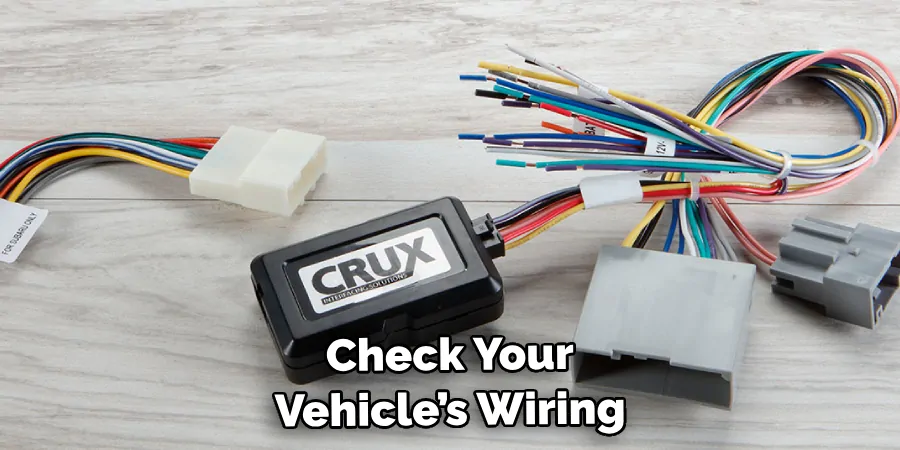
5. Ensure that your LED bulbs are properly installed in accordance with the manufacturer’s instructions. Poor installation can also create problems with voltage and power levels which will cause hyper-flashing.
6. If none of these tips have worked, contact an experienced mechanic for further advice. They will be able to inspect the vehicle and recommend a suitable solution for preventing hyper-flashing with LED bulbs.
In conclusion, fixing hyper flash with LED bulbs can be done quickly and easily using the above tips. If you follow these steps, your car’s lighting system should work perfectly, and you won’t have any more issues with flickering or hyper-flashing headlights. With the right tools and knowledge, this job can take less than an hour, so it is well worth the effort.
Frequently Asked Questions
How Often Do You Need to Repair Hyper Flash With Led Bulbs?
The frequency of repairs required for hyper flash with LED bulbs varies depending on the type and quality of LED bulb you use. Generally, if you have good-quality LED bulbs that are designed to work with your vehicle’s wiring, it’s unlikely that you’ll need to perform any repairs at all.
However, if you’ve installed a lower-quality or incompatible LED bulb, you may find that it needs to be replaced more frequently. In those cases, it’s best to contact an experienced technician who can help troubleshoot the issue and recommend a better-quality LED bulb for your vehicle.
What Causes Hyper Flash With Led Bulbs?
Hyper flash with LED bulbs is caused when the LED bulb does not draw enough power from the vehicle’s wiring, resulting in a rapid strobing of the turn signal. This can be caused by an incompatibility between the bulb and the vehicle’s wiring or from low-quality LED bulbs that don’t draw enough power.
It’s important to note that hyper flash is not caused by any issue with your vehicle itself – it is purely an issue with the LED bulb and its compatibility with your vehicle.
What Are The Advantages Of Using Led Bulbs To Fix Hyper Flash?
LED bulbs are a great way to fix hyper flash because they are energy-efficient, long-lasting, and easy to install. They also provide better visibility than traditional incandescent bulbs, making them an ideal choice for replacing turn signal bulbs. Additionally, LED bulbs are also more resistant to vibration and shock than incandescent bulbs, helping reduce the need for frequent repairs or replacements.

Conclusion
LED bulbs are great when it comes to fixing hyper flash issues. They’re generally much more efficient and brighter than typical incandescent bulbs, so you can be sure that your new bulbs will serve you well. Not only that, but they also last much longer than traditional incandescent bulbs, meaning you won’t have to change them as frequently.
And if your vehicle uses a unique bulb type, such as HID or projector headlights, then LED conversion kits are available for purchase as well. Ultimately, this is an easy fix that won’t cost too much time or money.
With the right steps on how to fix hyper flash with led bulbs and just a few components, you’ll immediately improve the functionality and aesthetic of your vehicle without having to worry about future maintenance costs or volatile flashes coming from your broken headlights.

